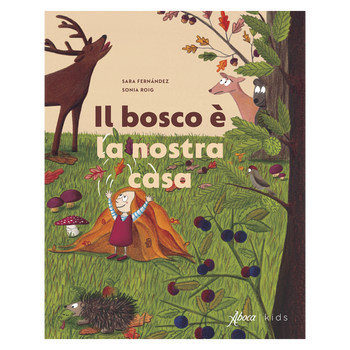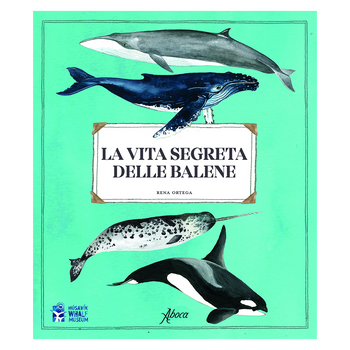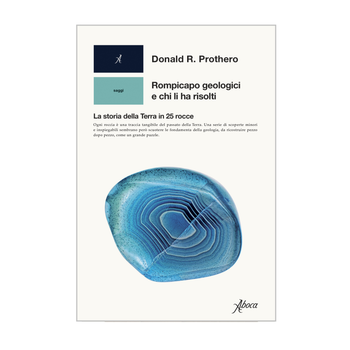You have no items in your shopping cart.
€78,00
The Commentary, a work by Arabist experts, is the authoritative guide to the facsimile of the Kitâb al-Diryâq, a superb Arab codex that describes theriac, the ancient medicinal compound that was initially used to treat bites from poisonous snakes and wild animals (Greek = thèrion), and which later became widely used as a panacea.
The Commentary, a work by Arabist experts, is the authoritative guide to the facsimile of the Kitâb al-Diryâq, a superb Arab codex that describes theriac, the ancient medicinal compound that was initially used to treat bites from poisonous snakes and wild animals (Greek = thèrion), and which later became widely used as a panacea.
Availability:
In Stock
Sku: COMTERIT
ISBN/EAN: 9788895642260
A work by Muhammad ibn Abi al-Fath dated 1199, is the oldest and richest example of these treatises. The manuscript was probably composed for a very special patron who wished to learn about medicines and to gaze on magnificent coloured illustrations. The original manuscript is held in the Bibliothèque Nationale de France in Paris (Ms arabe 2964).
The manuscript, written in ancient Arabic with notes in Persian, has 72 pages embellished with magnificent miniatures featuring traditional Arabic motifs. The initial calligraphic pages in Kufic characters present the nine learned physicians (Andromachus the Elder, Heraclides, Philagrius, Proclus, Pythagoras, Marinus, Magnus of Mesa, Andromachus the Younger, Galen), each with his own recipe for theriac, some prepared using one hundred different ingredients. Twelve pages are dedicated to illustrating the plants used for the preparation of the medicine: these include rocket, liquorice, cardamom, opium, white pepper, incense, capers, acacia, valerian, black pepper, garlic and wild leek.
Aboca Edizioni publishes this work of certain interest to scholars of botany and the history of medicine. It includes illustrations of the medicinal plants used in the Arab world in the recipes drawn up by the most important physicians in the Greek tradition, such as Galen of Pergamum and Andromachus.
The Authors
- Marie G. Guesdon
- Oleg Grabar
- Anna Caiozzo
- Françoise Micheau
- Jaclynne J. Kerner
A work by Muhammad ibn Abi al-Fath dated 1199, is the oldest and richest example of these treatises. The manuscript was probably composed for a very special patron who wished to learn about medicines and to gaze on magnificent coloured illustrations. The original manuscript is held in the Bibliothèque Nationale de France in Paris (Ms arabe 2964).
The manuscript, written in ancient Arabic with notes in Persian, has 72 pages embellished with magnificent miniatures featuring traditional Arabic motifs. The initial calligraphic pages in Kufic characters present the nine learned physicians (Andromachus the Elder, Heraclides, Philagrius, Proclus, Pythagoras, Marinus, Magnus of Mesa, Andromachus the Younger, Galen), each with his own recipe for theriac, some prepared using one hundred different ingredients. Twelve pages are dedicated to illustrating the plants used for the preparation of the medicine: these include rocket, liquorice, cardamom, opium, white pepper, incense, capers, acacia, valerian, black pepper, garlic and wild leek.
Aboca Edizioni publishes this work of certain interest to scholars of botany and the history of medicine. It includes illustrations of the medicinal plants used in the Arab world in the recipes drawn up by the most important physicians in the Greek tradition, such as Galen of Pergamum and Andromachus.
The Authors
- Marie G. Guesdon
- Oleg Grabar
- Anna Caiozzo
- Françoise Micheau
- Jaclynne J. Kerner
Release date 2009
Dimensions cm 37 x 28,5
Illustrations: 201
Pages: 72
Copertina: Cartonata rigida in tela Cialux con impressione in oro e parapolvere Sirio
Release date 2009
Dimensions cm 37 x 28,5
Illustrations: 201
Pages: 72
Copertina: Cartonata rigida in tela Cialux con impressione in oro e parapolvere Sirio


















